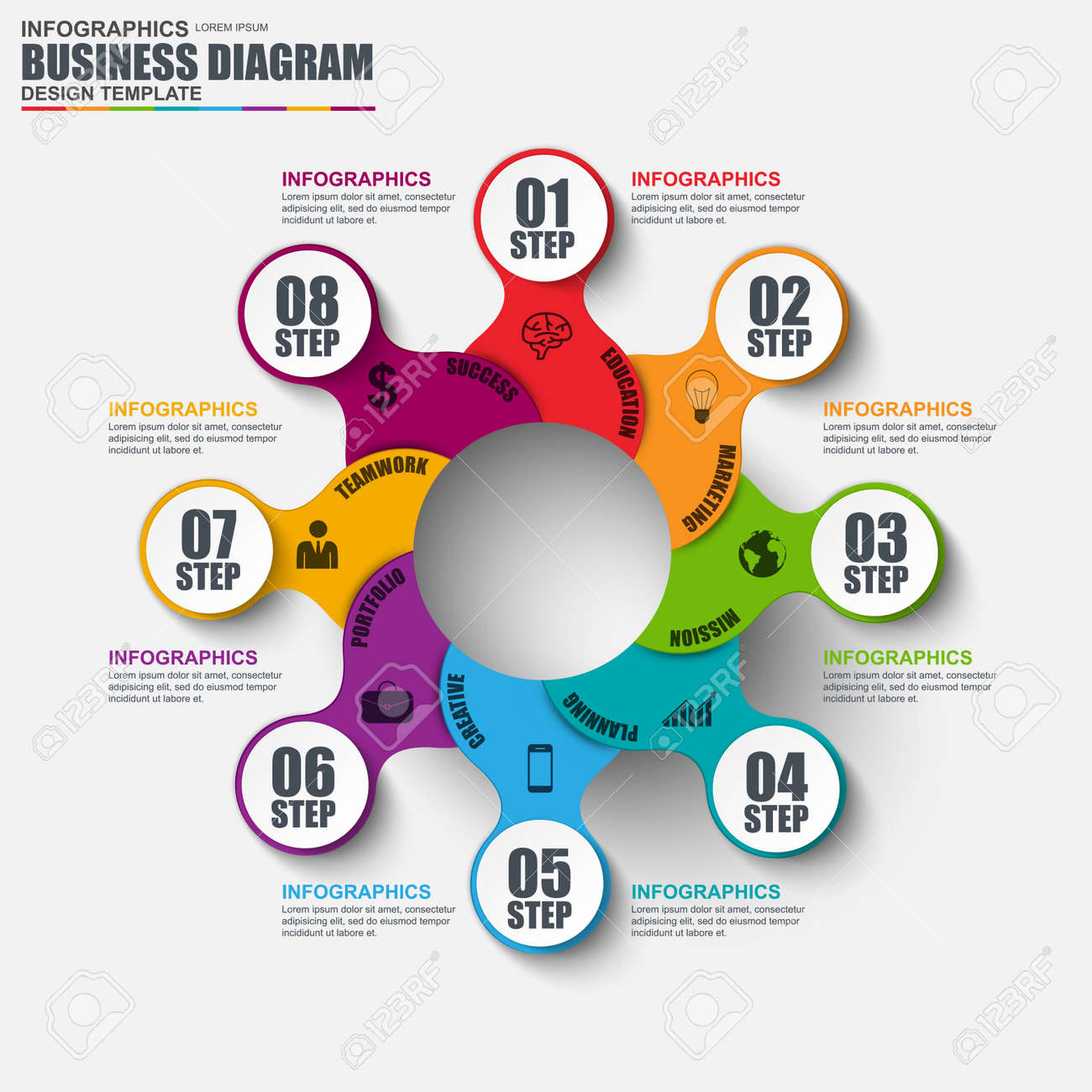Internet Site Layout: A Journey Through Time.From Modest Beginnings To Modern-Day Wonders, Website Design Has Undergone A Substantial Improvement For Many Years
Internet Site Layout: A Journey Through Time.From Modest Beginnings To Modern-Day Wonders, Website Design Has Undergone A Substantial Improvement For Many Years
Blog Article
Produced By-Johansen Gibbons
In the past, web sites were easy and focused on information. Navigation was direct, and style was for desktop computers. Now, individual experience is crucial. Information overviews layouts for simple navigation. https://erickhhcwt.dgbloggers.com/30251341/looking-to-improve-your-brand-name-s-on-the-internet-exposure-and-attain-digital-advertising-success-our-specialist-solutions-can-aid-you-unlock-the-trick-to-changing-your-business-and-taking-it-to-new-elevations fit various gadgets. Today, dark setting minimizes pressure, and minimal menus improve navigating. Interactive features involve individuals, and bold visuals stick out. AI integration increases engagement. See how layout has evolved to enhance your on-line journey.
Very Early Days of Web Design
In the early days of web design, simplicity reigned supreme. https://contentmarketingjobdescri84062.blogoxo.com/30001646/start-your-path-to-ending-up-being-adept-at-social-media-marketing-by-learning-essential-strategies-and-techniques were fundamental, with minimal colors, font styles, and designs. The focus got on offering info instead of showy visuals. Individuals accessed the net through slow dial-up links, so speed and capability were key.
Navigation menus were straightforward, commonly located on top or side of the web page. Sites were made for computer, as mobile surfing had not been yet prevalent. Material was king, and developers prioritized easy readability over complicated layout elements.
HTML was the key coding language used, and developers needed to function within its restrictions. Computer animations and interactive attributes were marginal compared to today's criteria. Websites were fixed, with little vibrant material or personalized user experiences.
Increase of User-Focused Style
With the evolution of website style, a shift towards user-focused style principles has become increasingly noticeable. Today, creating websites that prioritize customer experience is crucial for involving site visitors and accomplishing company goals. User-focused style includes recognizing the needs, preferences, and actions of your target market to tailor the web site's format, content, and features as necessary.
Designers now perform complete research, such as customer studies and use screening, to collect understandings and comments directly from customers. This data-driven method assists in producing instinctive navigation, clear calls-to-action, and visually enticing user interfaces that reverberate with site visitors. By placing the customer at the center of the design procedure, websites can supply a much more individualized and delightful experience.
Receptive style has actually additionally emerged as a crucial facet of user-focused style, making certain that web sites are optimized for numerous gadgets and display dimensions. This versatility improves access and use, catering to the varied methods customers communicate with web sites today. Fundamentally, the increase of user-focused layout signifies a change towards developing electronic experiences that focus on the needs and expectations of completion individual.
Modern Trends in Website Design
Explore the latest fads forming web design today. One famous trend is dark mode design, supplying a sleek and contemporary appearance while minimizing eye strain in low-light settings. One more essential fad is minimal navigation, streamlining food selections and improving customer experience by concentrating on essential elements. Including micro-interactions, such as computer animated switches or scrolling effects, can produce a much more interesting and interactive web site. Receptive style remains vital, guaranteeing seamless user experiences across different gadgets. Furthermore, using strong typography and unbalanced designs can include aesthetic rate of interest and accentuate particular material.
Incorporating AI modern technology, like chatbots for customer assistance or customized referrals, boosts user involvement and improves procedures. requirements for ada compliant website has also come to be a considerable trend, with designers focusing on inclusive style practices to deal with diverse individual demands. Accepting sustainability by maximizing internet site performance for rate and effectiveness is one more emerging pattern in website design. Teaming up with individual feedback and data analytics to repeat and enhance layout continuously is necessary for remaining pertinent in the ever-evolving electronic landscape. By accepting these modern trends, you can create an aesthetically attractive, easy to use website that resonates with your target market.
Conclusion
As you review the development of internet site style from the very early days to currently, you can see exactly how user-focused design has become the driving pressure behind modern-day patterns.
Embrace the journey of modification and adjustment in website design, constantly maintaining the individual experience at the forefront.
Stay current with the current fads and technologies, and never ever quit progressing your technique to create visually stunning and easy to use websites.
Progress, adjust, and create - the future of web design is in your hands.
